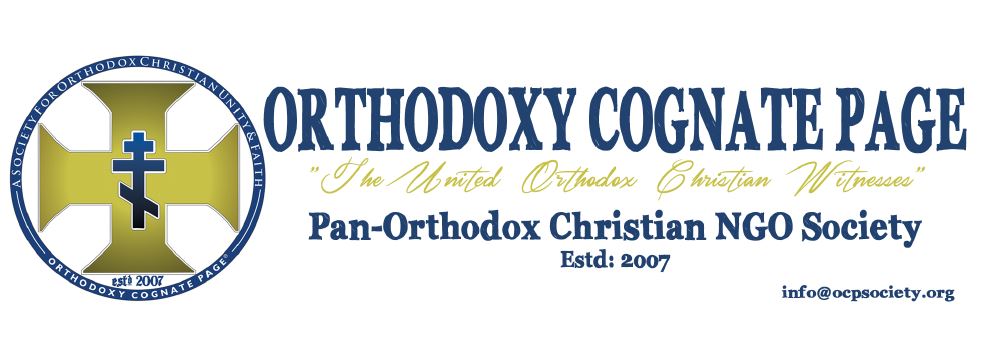The Only pre-Islamic Christian site in Muslim heartland (UAE) opens to Public

On display: The pre-Islamic monastery on Sir Bani Yas Island has now opened to the public, 20 years after it was first discovered

Guided tour: Visitors to the site are told about the history of the monastery as archaeologists continue to dig

Carrying on: Despite the site now being open to the public, archaeologists are to continue excavating to try and find further artefacts and details about the area
13/12/2010
By Daily Mail Reporter
Built by monks, nurtured by pilgrims from India: Only pre-Islamic Christian site in Muslim heartland opens to Public
A 1,400-year-old monastery in the United Arab Emirates that is the only pre-Islamic Christian site in the region has opened to the public.
The site at Sir Bani Yas island in Abu Dhabi dates back to around 600AD. It was built by a community of 30 to 40 monks and is understood to have been established by pilgrims travelling from India.
The remains, which also include a church, chapel and tower, were unearthed in 1992 during an archaeological study. Excavations will continue as visitors come to the site with the first being allowed access on Saturday.
Project director Dr Joseph Elders told UAE-based newspaper The National: ‘Opening the site to visitors marks an exciting tourism development for the island as we seek to discover and share more about the past lives and human stories that have played their part in creating its fascinating history.’
‘Twenty years ago, we had no idea that Christians came this far south and east in the Arabian Gulf.
‘This shows that Christianity had penetrated far further than we thought before… We don’t have many monasteries from this period.’
Christianity spread through the Gulf between the years 50 and 350, with the monastery’s inhabitants probably being members of the Nestorian Church.
Dr Elders added that the site may have been significant because of who founded it.
He said his team had only unearthed one skeleton during their dig; however it appeared that the whole church may have been built around the body.
It is thought that the man, possibly a holy man or local saint, may also have been the reason why pilgrims visited the island – with a separate room for visitors to leave gifts.
They have also found rooms within the monastery decorated with plaster crosses which led into a chapel, while a main settlement room housed the monks and also had a niche for holy water and a brazier for cooking.
Archaeologists also found evidence of pottery that would have been used to prepare food with artefacts include bowls, jars and glass vessels discovered across the area.
Despite the site being more than 1,000 years old, the earliest evidence of humans on Sir Bani Yas dates to around 7,500 years ago, with locations from both the Stone and Bronze ages found.
The settlement that has opened is thought to have remained occupied until around 750 – even though by that stage Islam had begun to spread through the Gulf states.
Dr Elders continued: ‘The small Sir Bani Yas Island settlement continued to operate even after the spread of Islam throughout the Gulf. That is a testament to the open-mindedness of the time.
‘That the monastery continued for at least a century after the arrival of Islam shows that tolerance of the Muslims quite close to their heartland.’
‘We know that there are stories of everyone living in harmony.’




719476 611732I like this internet site its a master peace ! Glad I identified this on google . 701066